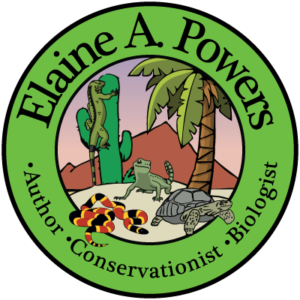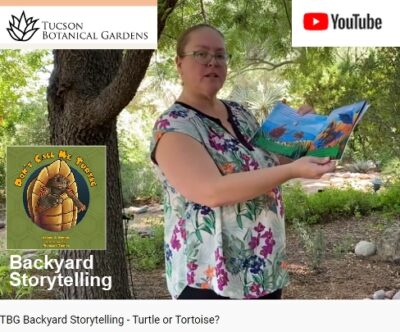Is it Real or is it Rattlesnake? The Case of the Bahamian Hoax!
Remember those old commercials, “Is it live or is it Memorex?” Or perhaps the early days of Photoshop, when images could be so easily manipulated? In today’s world of artificial intelligence (AI) and deepfakes, the question has evolved: “Is it real or is it AI?” Unfortunately, this technology can be used to create convincing, yet completely fabricated, videos – sometimes with serious consequences.
Recently, a friend of mine, a dedicated biologist, had to investigate a particularly alarming video. The claim? A venomous rattlesnake, a species native only to the Americas, was spotted on the Bahamian island of Eleuthera! Not the more common (and invasive) corn snake, but a true rattlesnake, looking like a plump Eastern Diamondback (Crotalus adamanteus) to my eye.
Why a Rattlesnake in The Bahamas is a Big Deal
The delicate ecosystems of the Bahamian islands are constantly under threat from invasive species. These non-native plants and animals, when introduced, can cause immense damage, often leading to the decline or even extinction of native flora and fauna. The thought of a venomous rattlesnake establishing a population on Eleuthera was deeply concerning, especially for someone like me who has visited this beautiful island multiple times and even set my plant adventure story, Grow Home, Little Seeds, there. Rattlesnakes belong in places like my home in Arizona, not on a Bahamian island!

My friend, Scott Johnson, a biologist at the forefront of environmental preservation in The Bahamas, immediately took it upon himself to investigate this alarming report. (You can explore his incredible work on his website: https://www.wild-bahamas.com/).
The Hunt for the Eleuthera Rattlesnake
Scott diligently documented his efforts to confirm this sighting, with the permission to share his findings. He even brought in another friend, Joe Wasilewski, to join the search on Eleuthera.
For those curious to see the evidence, here are the videos Scott examined:
- The video claiming to show the rattlesnake: https://www.facebook.com/scott.johnson.515014/videos/588923753556395
- The video of the alleged location where the snake was supposedly seen, based on the original poster’s claim: https://www.facebook.com/scott.johnson.515014/videos/1695198581056961
The verdict? Thankfully, Scott was able to confirm that the original rattlesnake video was a hoax! What a relief! While I’m incredibly happy this was a fabrication, it’s frustrating that someone would create and post such a misleading video, wasting the valuable time of dedicated biologists.
Fear vs. Fact: Protecting Bahamian Wildlife
This incident highlights a critical issue: fear-driven reactions to snakes. Scott shared another important message with Bahamians following the rattlesnake video, emphasizing the importance of understanding native species.
He noted that the Bahama Trope, also known as the pygmy boa, is often mistaken for a rattlesnake and persecuted out of fear. This small, harmless snake is endemic to The Bahamas and has a coloration and an orange-tipped tail that can cause confusion. However, the Bahama Trope is nocturnal, non-venomous, and feeds on small lizards and frogs. Scott urges people to think rationally before harming these harmless native snakes. You can find more information about amazing Bahamian terrestrial wildlife on his Wild Bahamas page.

I’ve always wondered if the pygmy boas’ defensive strategies, like tail-waving, might be mistaken for rattlesnake behavior, even though they historically haven’t encountered each other. It’s fascinating how different species develop similar self-preservation tactics!
Scott’s passion for endemic snakes is truly infectious. His enthusiasm even inspired me to write two books featuring Bahamian boas: Bahamian Boas, a Tabby Tale and Tabby and Cleo: Unexpected Friends. In fact, Cleo was one of Scott’s own pet boas, used in his educational presentations!

Dive Deeper into the World of Reptiles!
If you’re as fascinated by the amazing, iridescent boa constrictors of the islands as I am, I highly recommend picking up Bahamian Boas, a Tabby Tale.
And of course, if you’re curious about rattlesnakes – the ones that do belong in our Sonoran Desert ecosystems – you’ll love my book, Don’t Make Me Rattle! Every encounter with a rattlesnake gives me a thrill of excitement; they are incredibly important to our North American ecosystems. But let’s be clear: they certainly do not belong on any of the beautiful islands of The Bahamas!
To learn about our latest science-based children’s books and workbooks, to read our latest blog posts about reptiles, birds, cats, and gardening, in a variety of locations, and about how the books come to be, what inspires an author to write, and many more interesting aspects of the publishing business, fill in the box below and we will add you to our email list.
Thank you!





